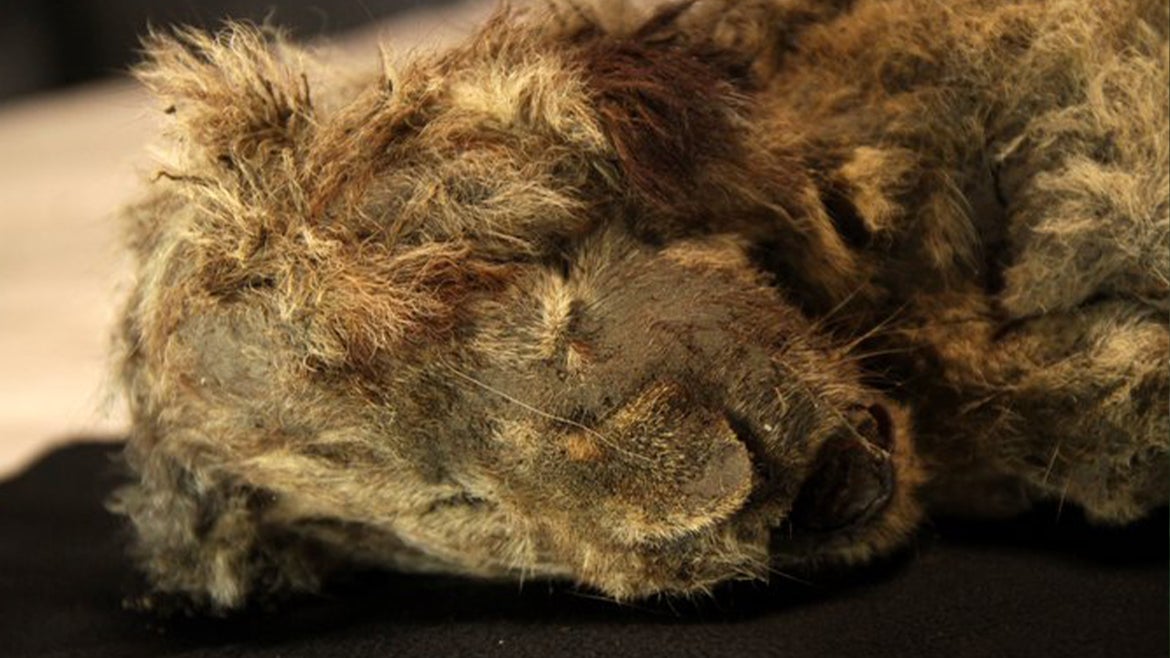"It lets us discover new things about extinct species, such as the color of their fur… these frozen animals often have excellent DNA preservation, letting us investigate the genomes of extinct animals,” Professor Love Dalen said.
Two frozen cave lion cubs that died thousands of years ago were discovered to still have their teeth, fur, and whiskers after all this time as they remained frozen in the Siberian permafrost, according to researchers.
Sparta and Boris were introduced in the research journal Quarternary on Wednesday. Researchers in Sweden uncovered the remarkable findings.
Sparta was singled out and referred to as the “best-preserved Ice Age animal ever uncovered,” Science Alert reported.
Boris Berezhnev first discovered Boris, the male cub, in 2017. Berezhnev, who is also a licensed mammoth tusk collector, was out searching for mammoth tusks along the Semyuelyakh River in Siberia when he discovered the cub. It was estimated to be around 43,448 years old, CBS News reported.
A year later, researchers found a female cub about 15 meters away. Researchers named her Sparta. Sparta’s age was roughly 27,962 years old, a report said.
According to the scientific publication, Sparta is the fourth cave lion found buried in the permafrost of Yakutia, which lies in the northeast corner of Russia.
Researchers in Sweden, who have studied the carcasses, said both Boris and Sparta were one to two months old when they were mummified. They were about the size of an adult house cat when they died.
Professor Love Dalen, a member of the Stockholm University's Center for Palaeogenetics research team, told CBS News that “finding intact frozen specimens like this is important.
"It lets us discover new things about extinct species, such as the color of their fur… these frozen animals often have excellent DNA preservation, letting us investigate the genomes of extinct animals,” Dalen said.
He also called Sparta “especially unique,” since, he said, she “is likely the best-preserved Ice Age specimen ever found.”
Mummified bodies found in permafrost are some of the best ways researchers are able to learn about these ancient species. Researchers say their frozen carcasses look similar to modern lions in many ways, according to Science Alert.
Cave lions are thought to be similar to modern African lions, without the mane that most African lions possess.
Dalen said that cave lions mostly "likely diverged from modern lions around 1.85 million years ago," CBS News reported.
Boris and Sparta aren’t the only unique discoveries. Over the past few years, other residents in Siberia have pulled woolly rhinos, wolves, brown bears, horses, reindeer and bison out of the permafrost, and some of these carcasses date as far back as 40,000 years, Science Alert reported.
Related Stories











